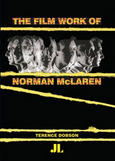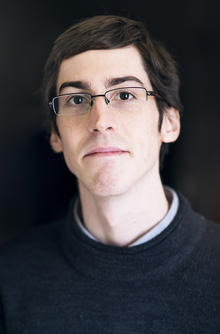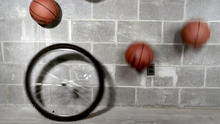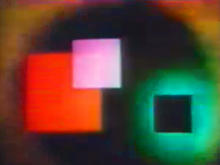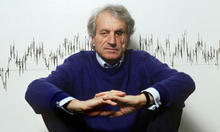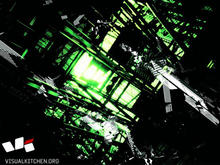The Clockmakers
(2013)by Montreal-based designer Renaud Hallee plunges into a graphic, almost mathematical world where everything is symmetry and geometry.
Titled The Clockmakers, this experimental short produced by the NFB’s Marc Bertrand sweeps us into a vast and enthralling cogs and wheels mechanism where notions of right side up and upside down no longer hold. Dozens of trampolinists evolve in this orderly structure entirely made up of lines and triangles, triggering narrative and musical plots with each jump and rebound.
We were most pleased to produce this most recent animated film by Renaud Hallée, whom we believe exhibits a creative genius reminiscent of Norman McLaren’s. (...)
This first collaboration, The Clockmakers, plunges us into a graphic, almost mathematical world where everything is symmetry and geometry. Half-figurative and half-abstract, both experimental and powerful, this acrobatic number is a playful creation, a sort of methodical parade that sparks unusual emotions.
Source: National Film Board of Canada
